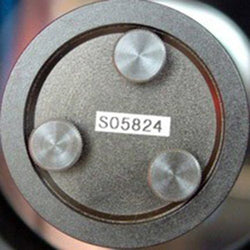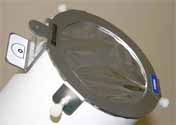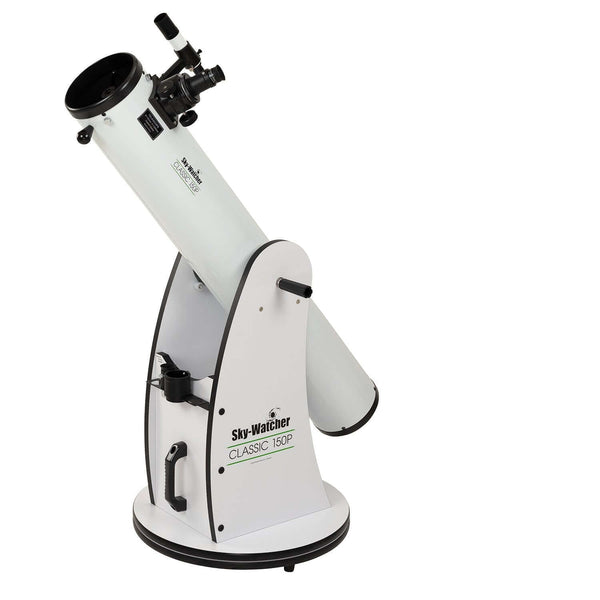
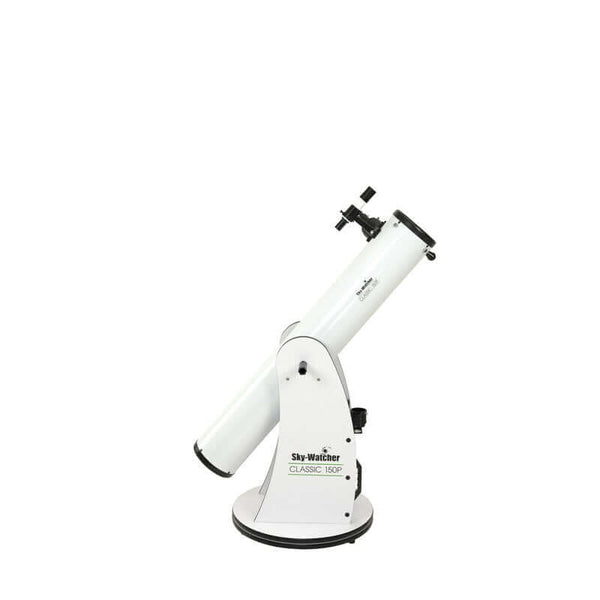
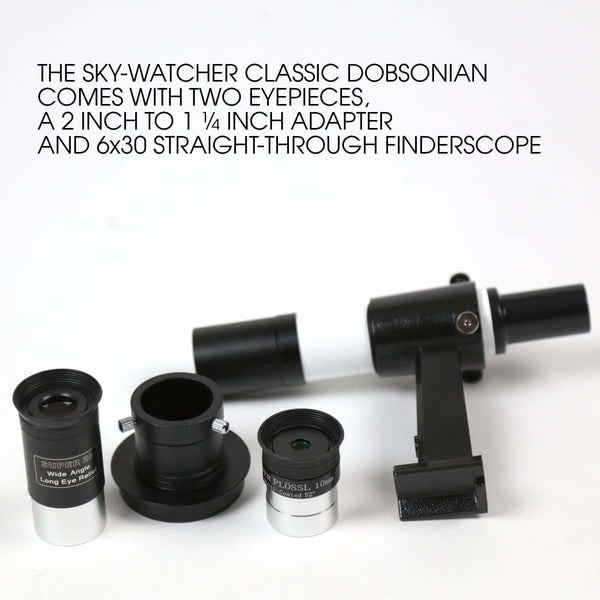
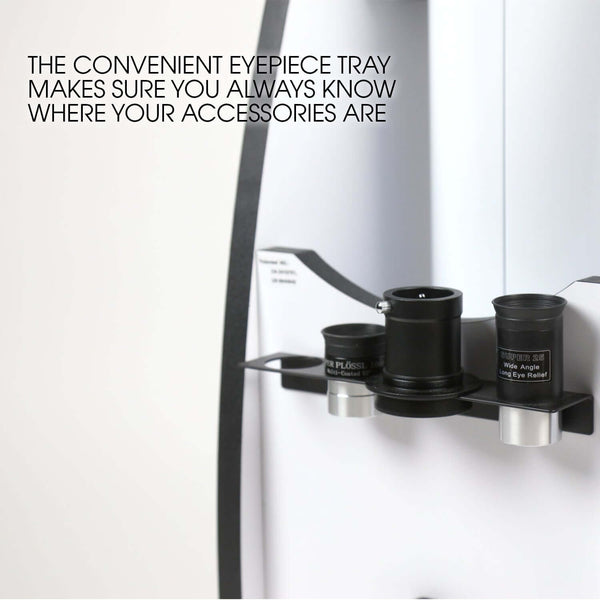
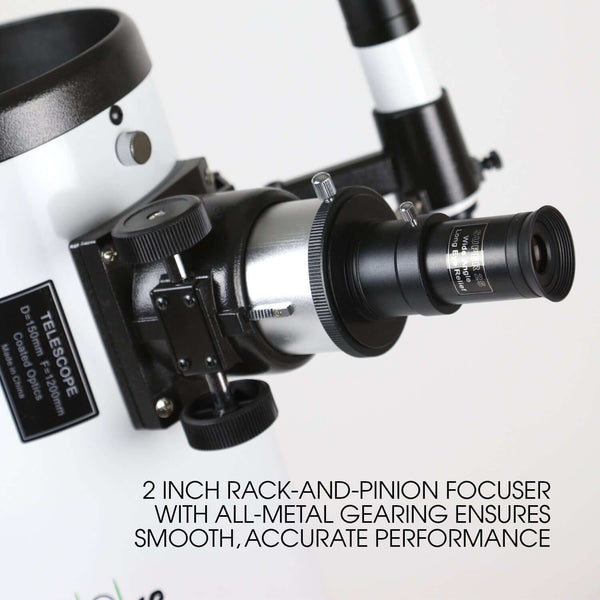
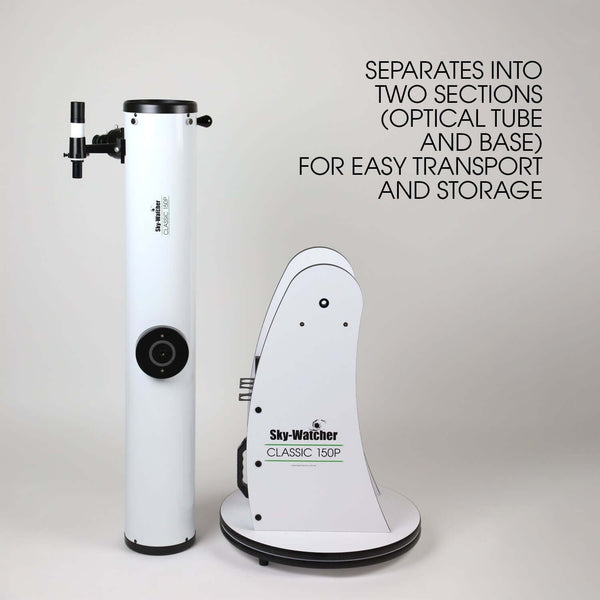
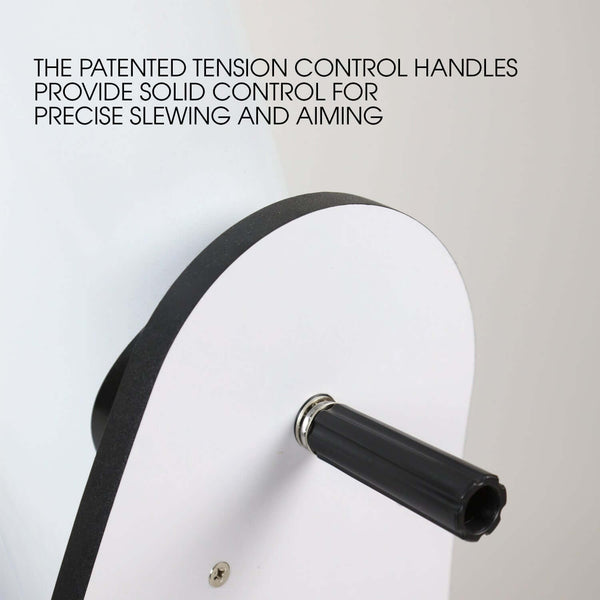
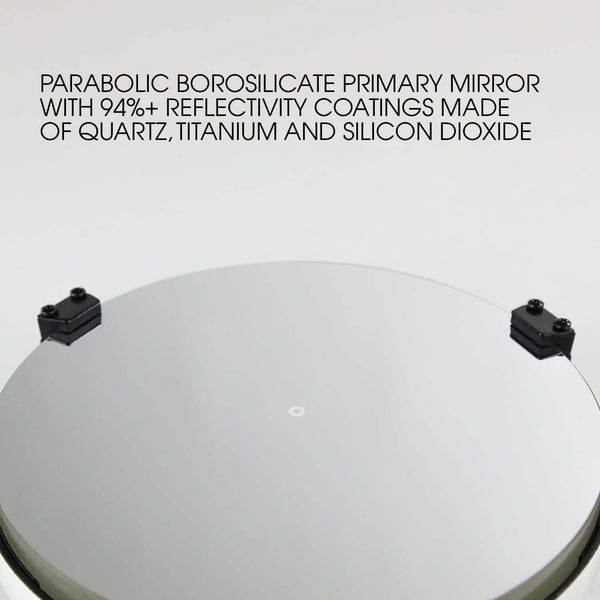








Products in the Same Family
Why Purchase from All-Star Telescope?
Free Expert Support
Whether you are a first timer needing help with setting up or an enthusiast that can't quite make that one thing work, our expert staff are ready to support your needs. With decades of knowledge and first hand experience we've been there and we can help you through it!
Stress Free, Secure Transactions
You can trust purchasing and delivery with All-Star Telescope. All of our transactions are 100% secure and Level 1 PCI DSS compliant thanks to Shopify's ShopPay platform. For additional protection, we insure 100% of the value of every shipment we make. If it get's lost during shipment, we replace it. If it gets damaged during shipment, we replace it. We make sure your product arrives exactly as you would expect it to; we promise.
We also ensure privacy protection. We never keep any of your credit card information on file and any of your personal data is stored according to our policies.
30 Day Return Policy
Buy with confidence knowing that we accept returns up to 30 days after purchase. We want you to have something you will actually use and we are confident that we keep good quality products in our store with No Junk.
Price Match Promise
Shipping around for the best price is tough, we make it easier by offering the best pricing in the market. But if you find a better price on an in-store item somewhere else we will match it!
Recommended Accessories

Bob's Knobs: Replacement Collimation Thumb...
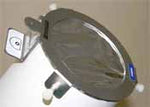
Kendrick Astro Visual Solar Filters with S...
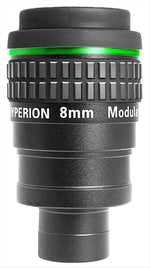
Baader Planetarium Hyperion 8mm Eyepiece (...
These are fantastic eyepieces, nice and crisp right to the edges. A massive upgrade over the kit eyepieces that come with beginner telescopes.
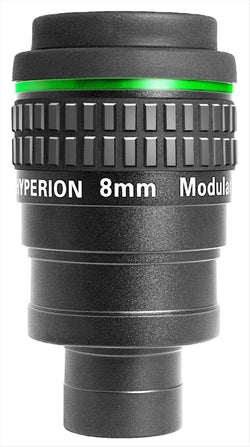
Baader Planetarium Hyperion 8mm Eyepiece (HYP-8)
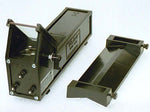
Telrad Reflex Sight Finder with Mounting B...
These are great finders, and a huge improvement over the straight-through finders that most dobs come with. Telrads provide setting circles to help...
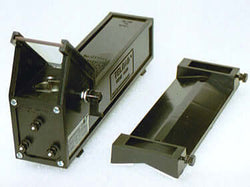
Telrad Reflex Sight Finder with Mounting Base (1001)
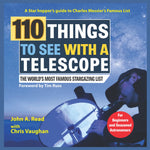
110 Things to See With a Telescope by John...
This is our favorite book for beginners! It organizes 110 beginner-telescope friendly targets by viewing season, shows you where to find them, and ...
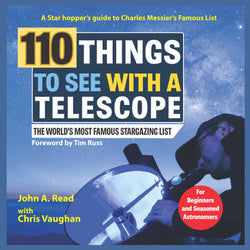
110 Things to See With a Telescope by John A. Read

Celestron USB Cooling Fan for Dobsonian Te...
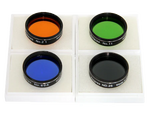
Antares 1.25" Color Filters, Set of 4 (FS2)
Filters will add contrast to really bright objects like the moon and planets. To make the details pop, use the ND25 filter for the moon, and contr...
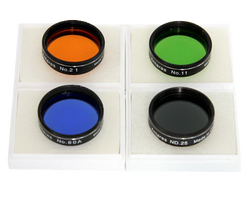
Antares 1.25" Color Filters, Set of 4 (FS2)
Why we love the Sky-Watcher Classic 150P 6" Dobsonian Telescope (S11600)
Product Description
Developed in the 1970s, the Dobsonian-style telescope is an inexpensive solution for bright, detailed visual observing using a simple design. The name '˜Dobsonian' comes from the telescope's inventor, John Dobson, a Vedanta monk who popularized sidewalk astronomy and dedicated his life to astronomy outreach. Dobson was well known for constructing large aperture reflecting telescopes capable of deep sky viewing, using low cost materials. These were often made with found materials, heavy cardboard tubes, recycled porthole glass, and plywood mounts. Dobson, who literally wrote the book on how and why to make amateur telescopes, encouraged other astronomers to assemble their own telescopes and taught workshops on telescope making.
The Classic Dobsonian uses a parabolic primary mirror design, constructed of borosilicate, then polished and coated with our proprietary Radiant Aluminum Quartz (RAQ), producing a remarkable 94% reflectivity. With a 6-inch aperture, the Classic 150P Dobsonian collects 460 times more light than the human eye! This simple yet effective design is perfect for visual observation of faint objects, such as nebulae, star clusters, and galaxies.
Supporting the Classic Dobsonian is more than just a simple rocker box. The base uses Teflon bearings for smooth, easy azimuth slewing and a patented tension control handle to lock the telescope in place. Once locked on an object, the telescope can support both 1.25-inch accessories as well as the heavier 2-inch eyepieces, allowing you to use virtually any eyepiece on the market. The Classic Dobsonian includes two 1.25-inch eyepieces, a 1.25-inch adapter, a 2-inch eyepiece adapter, dust caps and a 6x30 finderscope.
At Sky-Watcher, we stay true to the traditional John Dobson design, using just two mirrors, a metal tube, and a simple rocker box. Although we love computerized telescopes, using a star chart to find objects by hand can be far more fulfilling and will improve your knowledge of the night sky. Unplug your electronic devices, step outside, and become immersed in the wonders of the universe.
What's in the Box
Specifications
| Optical Info | |
| Optical Design | Newtonian |
| Mirror Coatings | Radiant Aluminum Quartz (RAQ) coatings with 94% reflectivity |
| Glass Type | Borosilicate |
| Primary Aperture (mm) | 152 |
| F/Ratio | 7.9 |
| Focal Length (mm) | 1200 |
| Secondary Diameter | 34mm |
| Secondary Obstruction (by diameter) | 16% |
| Secondary Obstruction by Area | 3% |
| Observational Info | |
| Dawes Limit | 0.77 |
| Rayleigh Limit | 0.93 |
| Limiting Mag. | 1340% |
| Minimum Magnification | 2100% |
| Maximum Magnification | 295 |
| Light Gathering (compared to next size down) | 40% |
| General Info | |
| Focuser | 2" R&P |
| OTA Length (Retract/Ext.) | 44.5" |
| OTA Outer Diameter | 7.125" |
| OTA Weight (with accessories) | 15 |
| Dob Base Weight | 25 |
| Dob Base Measurements | 29"x20.5" |
| Zenith Eyepiece Height | 45" |
| Accessories | |
| Included Finder | 6x30 Finder |
| Included Diagonal | No |
| Included Eyepieces | 25/10 Super (modified Kellner) |
| Magnification w/ Included Eyepieces | 48x/120x |
| Included Case | No |
| Corrector | No |
What can I see with a Sky-Watcher Classic 150P 6" Dobsonian Telescope (S11600)?
Here are some simulated views of common objects. Results with your telescope will vary with viewing conditions, obrits, equipment and more.
Jupiter with
25mm Eyepiece - 48x Magnification
(Included with This Telescope)
Jupiter with
10mm Eyepiece - 120x Magnification
(Included with This Telescope)
Jupiter with
5mm Eyepiece - 240x Magnification
Sold Separately
Moon with 25mm Eyepiece
48x Magnification
(Included with This Telescope)
Moon with 10mm Eyepiece
120x Magnification
(Included with This Telescope)
Moon with 5mm Eyepiece
240x Magnification
Sold Separately
Andromeda with 36mm Eyepiece
33x Magnification
Sold Separately
Andromeda with 25mm Eyepiece
48x Magnification
(Included with This Telescope)
Andromeda with 10mm Eyepiece
120x Magnification
(Included with This Telescope)
Additional Articles, Videos, and Links
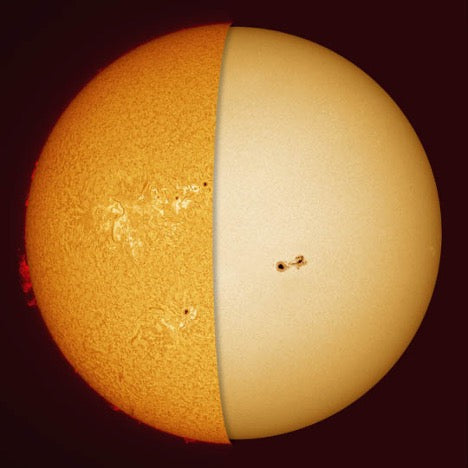
Go Ahead, Look at the Sun (With the Right Equipment)
Solar observation and solar photography are a lot of fun with the right equipment, and this is a great time to start. Every 11 years the Sun’s magnetic field completely flips. That means that the...

5 Tips to Get the Most out of Your New Telescope
So you got a new telescope; now what? It usually starts out with a lot of excitement and enthusiasm. You get a new telescope, get it assembled and maybe test it out through a window looking at a tr...
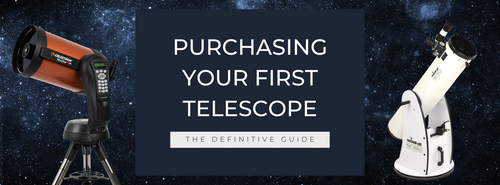
Buying Your First Telescope - Part One: What's the Best Beginner Telescope?
Buying the right telescope as a beginner can be a real challenge. In these articles we explain the key considerations when buying a beginner telescope. We'll cover the vocabulary you're going to...
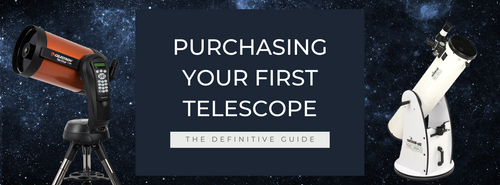
Buying Your First Telescope - Part Two: Making the Choice
Once you have become familiar with the sky and have been enticed by the views through other peoples’ telescopes, you will want your own. So what to buy?
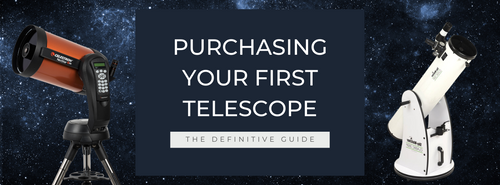
Buying Your First Telescope - Part Three: Our Recommendations
We present our suggestions for telescopes we find offer great value in each of several price ranges. But within a price class, you have a choice of what features might be most important to you and ...

How to Pick the Best Telescope Eyepieces
Finding the right new telescope eyepiece can be a game changer. This post will help you to pick the best telescope eyepiece for your needs.


